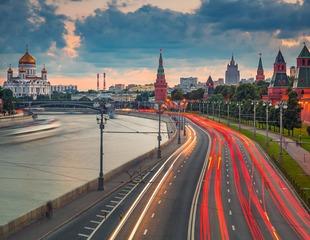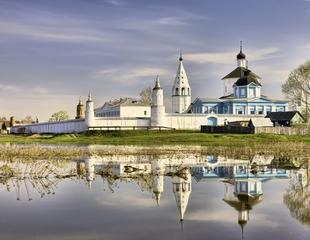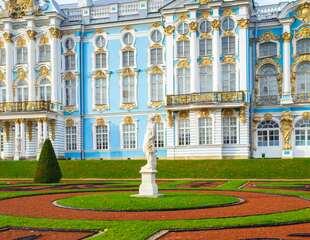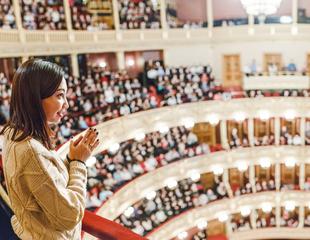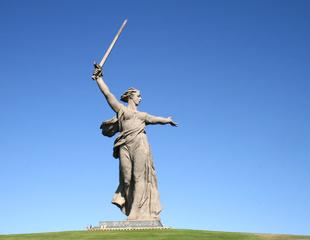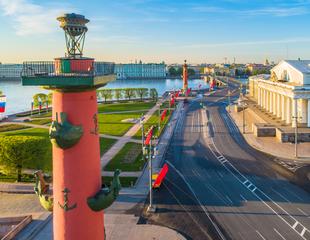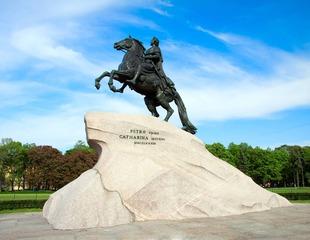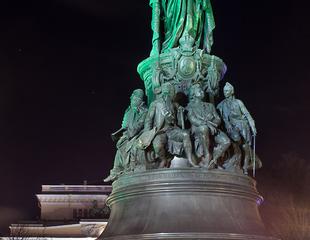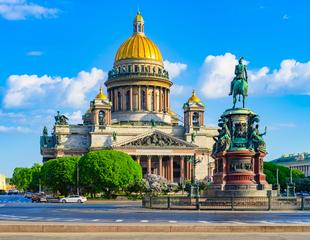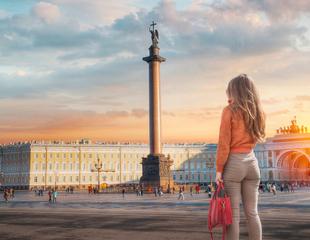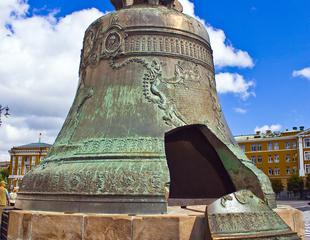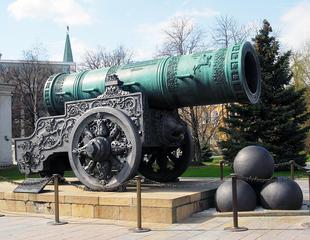Grand Duke Yury Dolgoruky (named the Long-Armed) ruled Moscow at the beginning of the XII century, at the time it was first mentioned in chronicles (1147) and is considered the founder of Moscow.
As Kyiv declined, Russia's northern principalities grew in political and economic importance. The governing ruler of Russia, Kievan Grand-Prince Yuri Dolgoruky, wanted to extend and strengthen his rule over the northern territories. His father, Vladimir Monomakh, had succeeded in reuniting the north and south for the first time in centuries. In 1125, Dolgoruky declared Suzdal his northern capital and made himself the prince of the region. Between the Volga and Oka rivers, on the banks of the Moskva River, Dolgoruky established a protective outpost for the Rostov-Suzdal principality. The first reference to Moscow appeared in the Chronicle Ipatyev in 1147, when it was mentioned that Prince Yuri Dolgoruky hosted a feast in Moscow to honor the Prince of Novgorod. In 1156, Dolgoruky built the first wooden kremlin and added a church within the settlement. Since the settlement lay along important trade routes to the Baltic in the north, the Black Sea in the south, and later to Europe in the west, Moscow slowly grew in size and significance, and it eventually became the capital of the Moscovy principality.
The monument was erected in 1954 by sculptures S. Orlov, A. Antropov, N. Shtamm, and architect V. Andreev.





